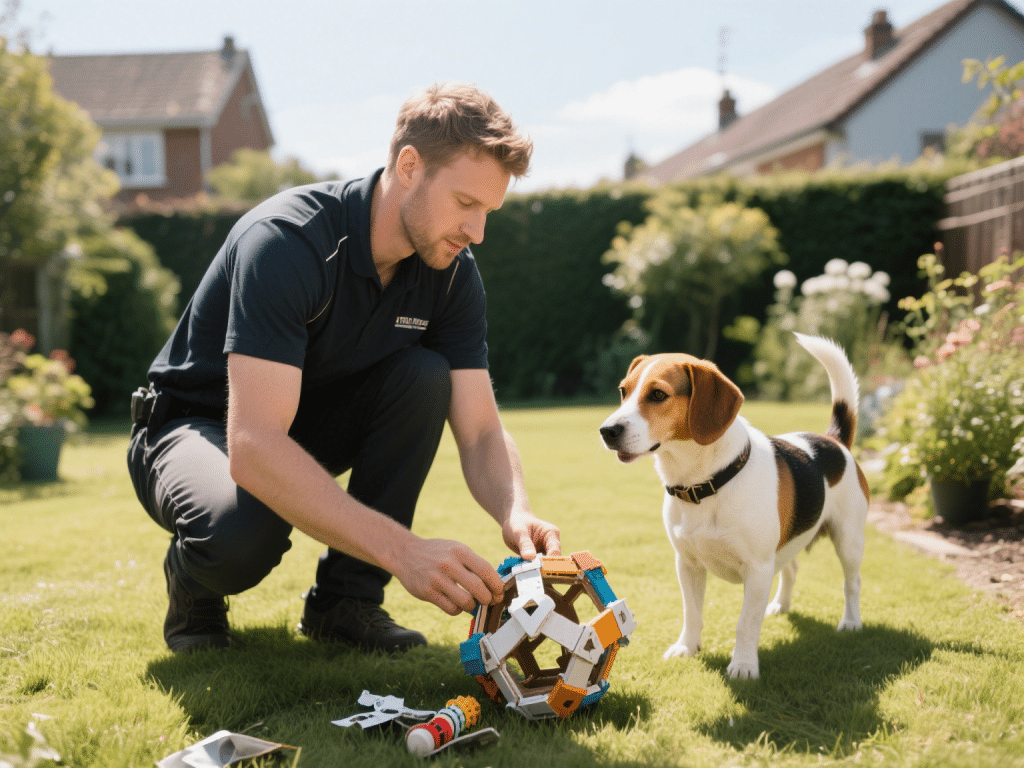
Cat Scratching Demystified: Why Cats Scratch and How to Protect Your Furniture
From shredded couches to torn wallpaper, scratching can feel like a battle you’re destin...

Rescue dogs often arrive with trauma from neglect or abandonment, manifesting as fear, resource guarding, or separation anxiety. As a certified shelter behavior specialist, I’ve rehabilitated hundreds of rescues, guiding adopters through a compassionate, structured transition. Below is a phased protocol fostering security, trust, and resilience.
Quiet space: Provide a dedicated room with bed, toys, and water.
Routine establishment: Consistent feeding, walking, and rest schedules build predictability.
Name training: Use high-value treats to reinforce response to name.
Confidence-building games: Encourage simple nose-work puzzles.
Controlled outings: Short, leashed walks in quiet areas; gradually introduce other dogs at a distance.
Handling desensitization: Gentle grooming and vet-handling simulations to reduce fear.
Alone time conditioning: Start with 5-minute departures, increasing duration to prevent separation anxiety.
Advanced training: Teach “place” and “settle” commands to improve impulse control.
Conclusion:
With structured stages emphasizing safety, routine, and positive experiences, rescue dogs learn to trust again and flourish in their new homes. Consistent reinforcement and empathy are the cornerstones of successful adoptions.

From shredded couches to torn wallpaper, scratching can feel like a battle you’re destin...

Shell rot—a bacterial or fungal infection of the carapace and plastron—presents a sign...

As cats enter their senior years—typically around age 7 and beyond—their nutritional r...

Dogs are intelligent, social animals who thrive when their minds and bodies are both engag...

IntroductionPet obesity is a growing concern, leading to joint issues, diabetes, and reduc...

IntroductionVaccinations form the cornerstone of preventive health care for puppies. By st...
Comments on "Transitioning Rescue Dogs to a Stable Home Environment" :